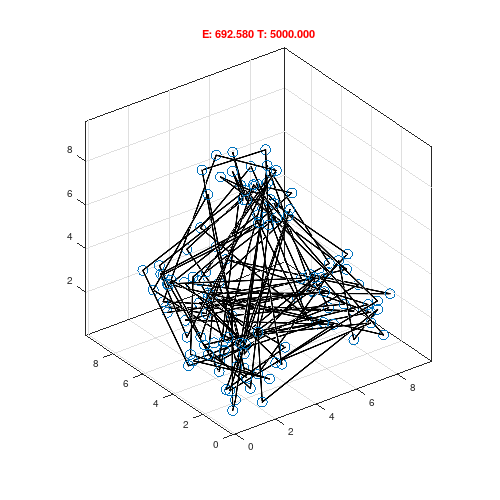Hackernoon
1M
109

Image Credit: Hackernoon
The 10 Weirdest, Most Brilliant Algorithms Ever Devised and What They Actually Do
- The Marching Cubes algorithm, invented in 1987, helps in extracting a polygonal mesh from a 3D discrete scalar field, enabling the creation of 3D models from medical scans.
- Wave Function Collapse algorithm, inspired by the double-slit experiment, is used to procedurally generate infinite maps for video games, providing randomness with a purpose.
- The Diffusion Model, based on thermodynamics, is used in AI to refine noise into meaningful images like DALL·E and Stable Diffusion, revolutionizing image generation.
- Simulated Annealing algorithm, inspired by metallurgy, optimizes solutions by balancing exploration and exploitation, a metaphor for learning to code.
- Sleep Sort algorithm, which uses thread sleeping times for sorting, showcases a clever yet impractical sorting approach.
- BOGO Sort humorously relies on random shuffling for sorting, with a fictional concept of Quantum BogoSort leveraging parallel universes for instant sorting.
- BOID algorithm simulates bird flocking behaviors with three simple rules, demonstrating nature-inspired decentralized coordination through minimal code.
- SHOR’s Algorithm, utilizing quantum mechanics concepts like qubits, superposition, and entanglement, aims to revolutionize integer factorization for cryptographic applications.
- Marching Cubes algorithm transforms 3D scalar fields into visual surfaces, revolutionizing medical imaging by creating 3D models from CT or MRI scans.
- Practical Byzantine Fault Tolerance algorithm ensures consensus in distributed systems, crucial for blockchain and cloud databases to maintain trustworthiness.
- Boyer-Moore string search algorithm, used in tools like grep, efficiently searches patterns by scanning text from right to left using heuristics, showcasing the power of unconventional ideas in algorithms.
Read Full Article
6 Likes
For uninterrupted reading, download the app